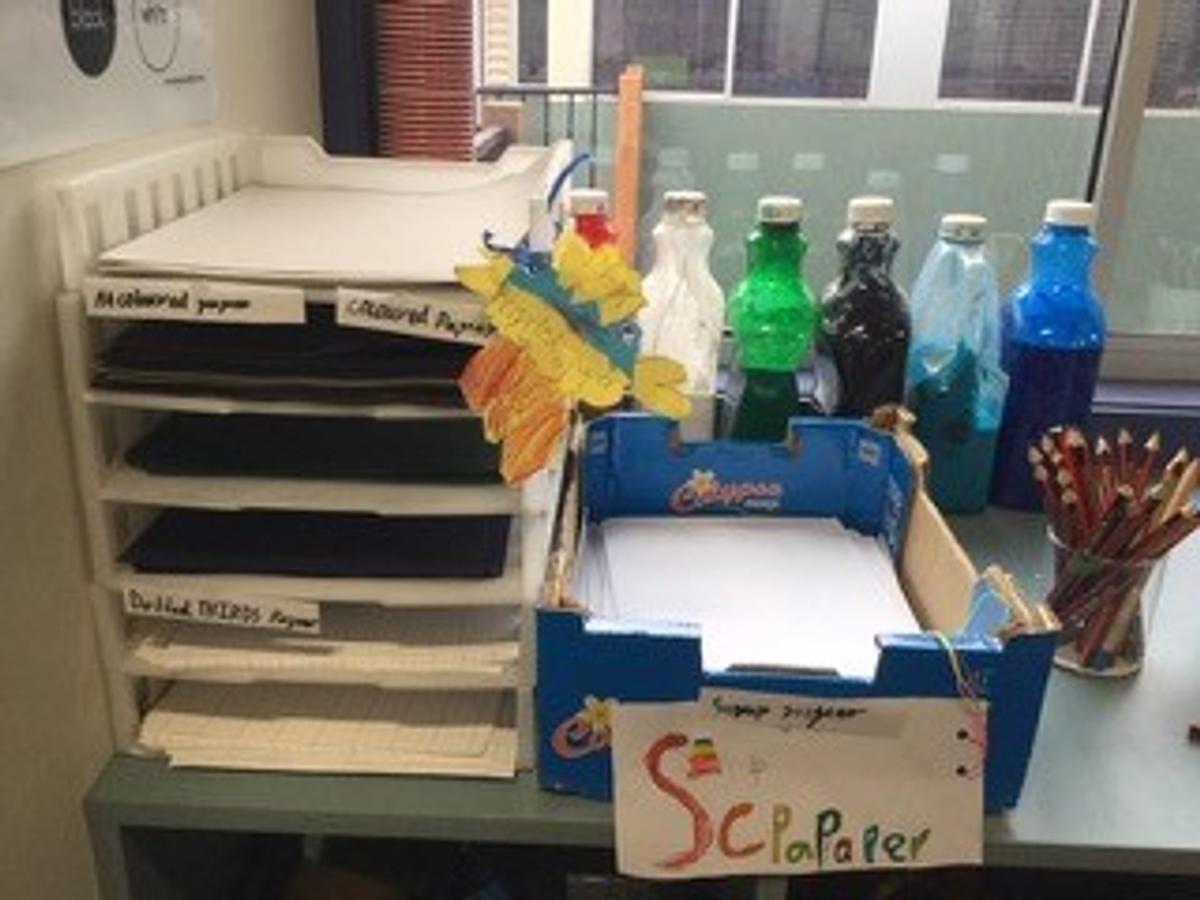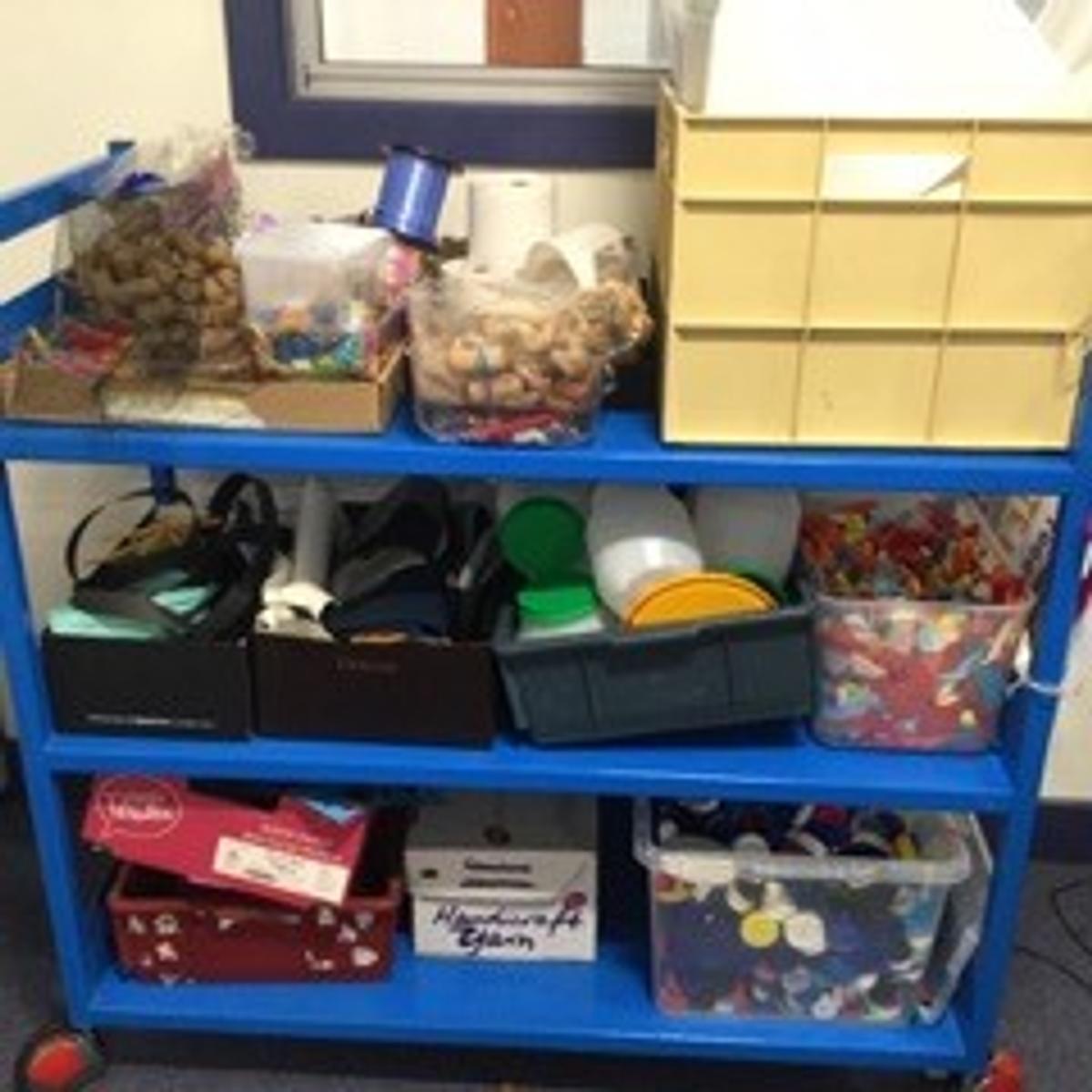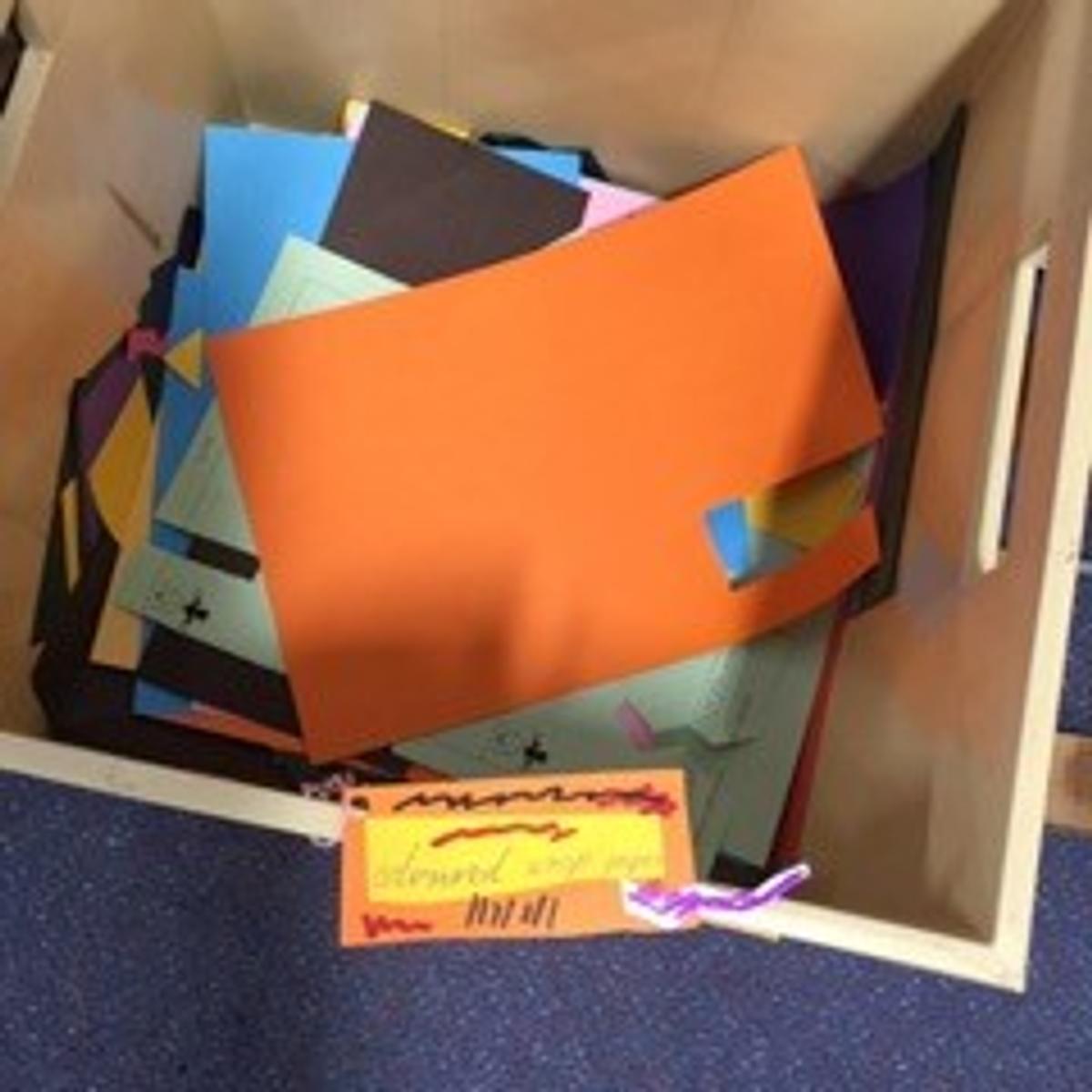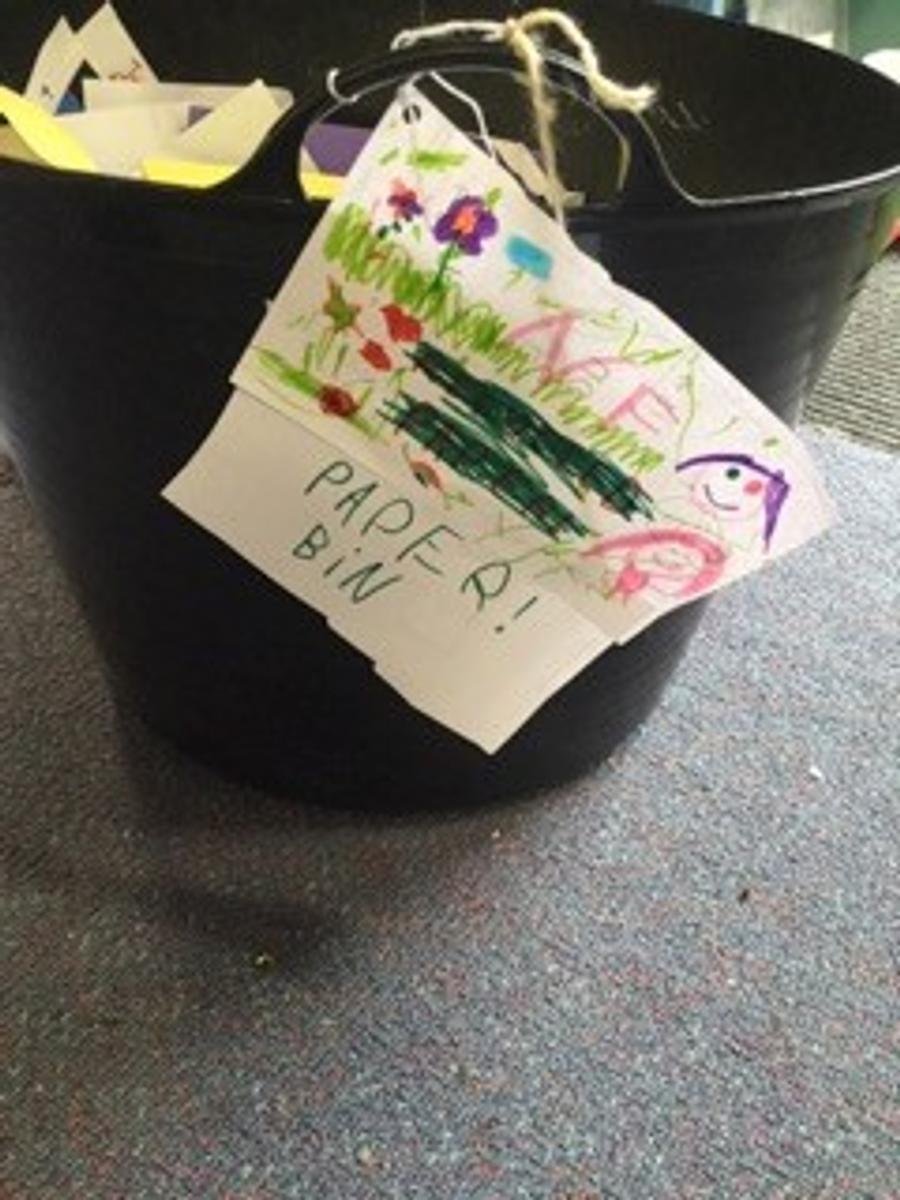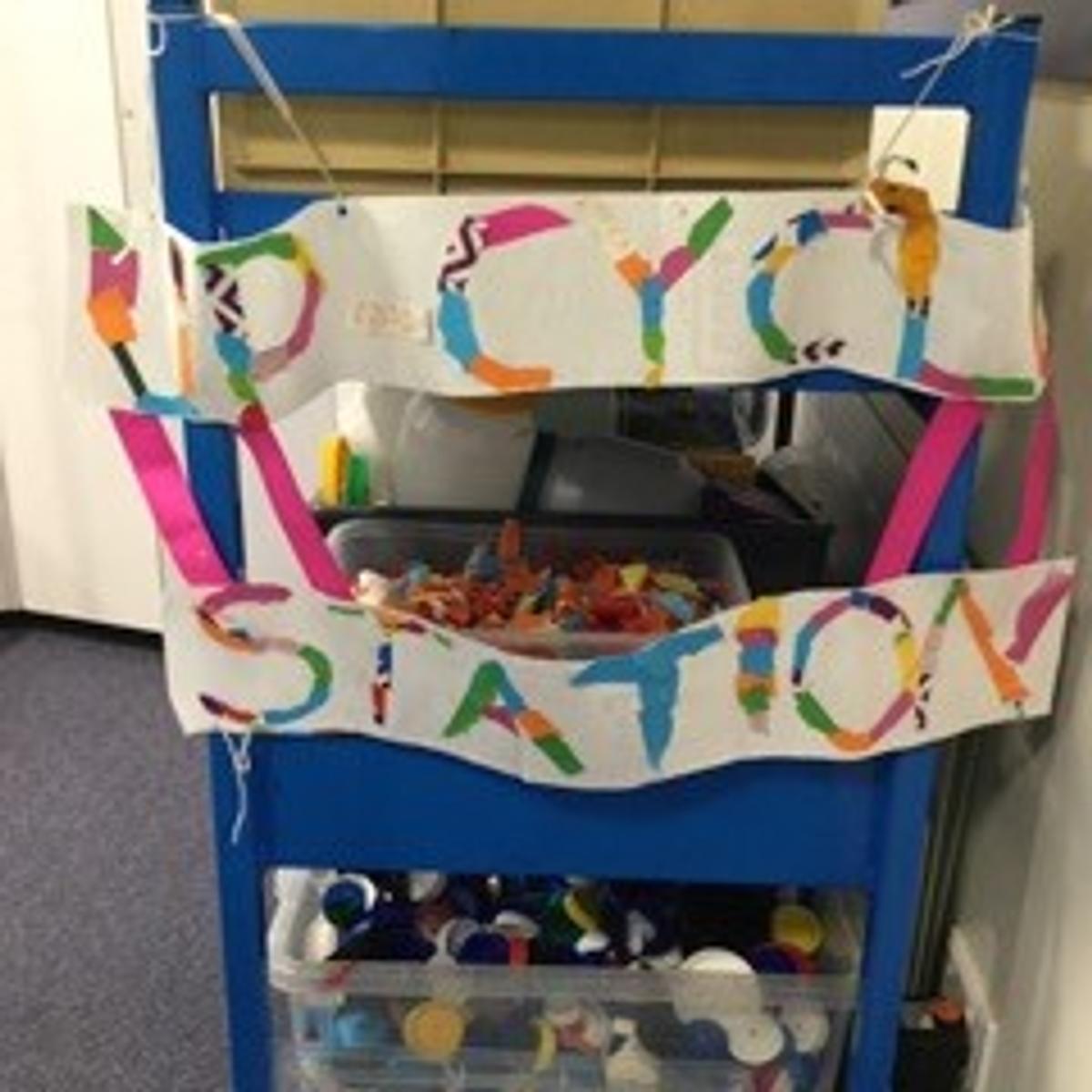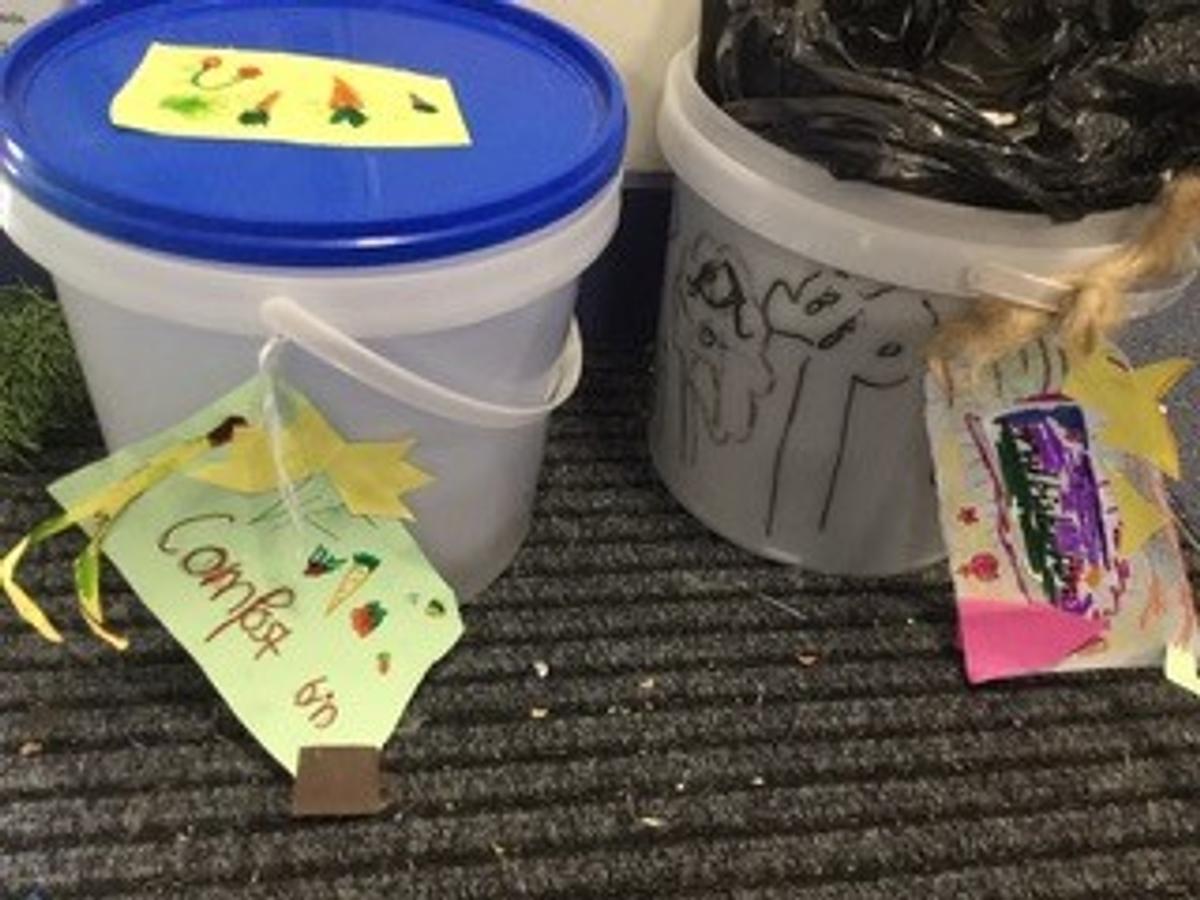school life
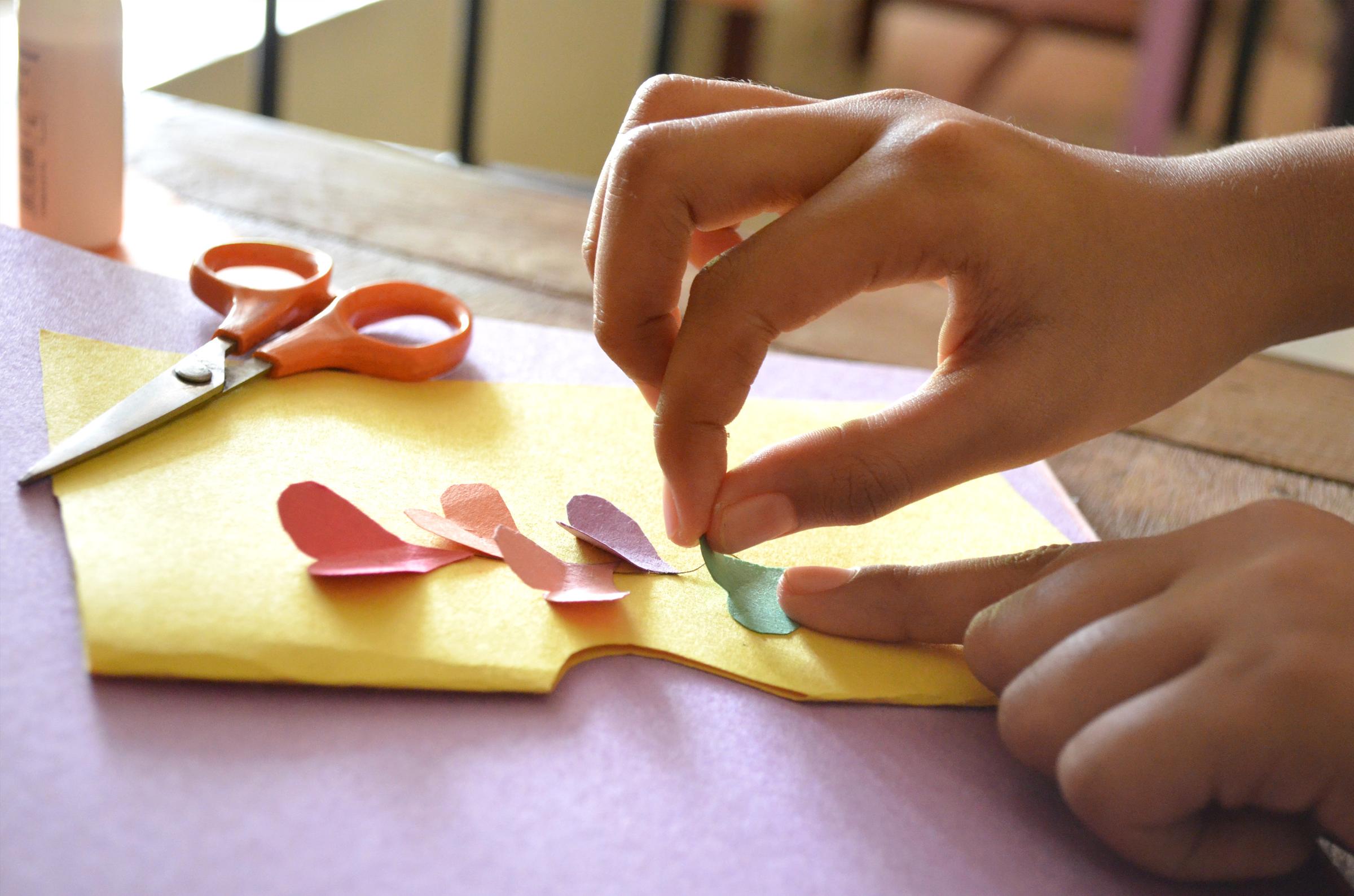
junior to senior in the art studio
Term One, 2020 Welcome back budding artists! After such a huge end to the year with Art Attak you might think that we would take it easy this time around...not likely. We launched straight into an interesting and educational program which I hope will be a lot of fun for everyone involved. After all, Art should be fun and it is by playing and experimenting that we learn how things work.
Junior - Art as Identity
The junior students are investigating different styles of Art and how they change depending on the region in which they were created. We will be making Art inspired by other cultures and ask ourselves if Art is region specific. Are we defined by the area in which we live or are we able to create our own aesthetic? What is unique to particular places and what processes are universal? We’re going deep.
Middle - Narrative in Art
Art has a long tradition of storytelling which is the driving force behind our unit this term. We will
investigate how the narrative is utilised in religious and aboriginal art. Then, after a brief recap on using the cameras on the iPads, the students will then make their own short films retelling some classic tales. It’s sure to be a great deal of fun. If all goes well, I will endeavour to organise a screening of the finished works.
Senior - Graffiti, Lowbrow Kulture and Underground Art
We’re getting hip in senior school as we investigate art in everyday life. Graffiti, brands and logos,
hotrods and pinstriping amongst others will all be studied in an effort to understand artistic expression on a purely personal level. It’s fun, it’s therapeutic, and it’s everywhere. Where is the line drawn as to what is art? It’s sure to be a wild ride, Daddy-O. I’m looking forward to seeing what this term brings and don’t forget to check in with Seesaw and Twitter.
Cheers,
Andrew the Art Teacher
foundation in the art studio
With ‘Community’ as a focus, Foundies have been getting to know the art room as a place we can work together to think and create, and getting to know each other as artists. We have each made a paper cone to contribute to the whole school collection that the older grades have been using for temporary installations. We looked at artworks and made good guesses about when and where the artist made them and the things they liked and thought about. We then used watercolour pencils to create an artwork about our favourite things. Soon we will begin work as class communities of artists to create collaborative hanging sculptures for each classroom incorporating stamping and drawn patterns, beading, weaving, and paper craft. We will look at cultural textile patterns from around the world and think about what designs and patterns would give a feeling of ‘ours’.
Keep an eye on Twitter to check out what we get up to @bnwps_foundyart
Cheers,
Kate Mccormack
sustainabiliy corner
This year we are focusing on the REDUCE component of the "reduce, reuse, recycle" concept to lessen the amount of waste our school sends to landfill.
In our classrooms we have included a space for a variation of the following:
up-cycled materials: for creative reuse where we transform by-products, waste materials, useless, or unwanted products into new objects,
coloured scrap paper: coloured paper that is partly used and can still be used for other things,
paper recycling bin: a tub for small discarded bits of paper used on both sides,
recycled paper: paper made from paper scrap which is reprocessed into paper again,
scrap paper: bits of paper with printing on one side,
compost: decayed organic material used as a fertilizer for growing plants in the garden,
rubbish: recycled yoghurt tub for daily disposal of waste material, and
scrunchy plastics: for the Redcycle recycling program that diverts flexible soft plastics from landfill and turns them into a material that can be used to manufacture new products.
Please support your child/children to consider what they throw away and how they throw these things away. Sometimes throwing away things can waste resources including raw materials, energy and money. Some old or used things or waste materials can be used again. Reducing waste means we lessen the impact on the environment, we use less resources and we are able to save energy and money.
Sustainability team 2020
who is your favourite author
Over the past few weeks, the students in Unit CE have been participating in a Reading start-up program. This program is important because it helps to establish the routines and behaviours necessary for students to actively participate in Reading lessons throughout the year. In addition to this, and perhaps more importantly, it aims to establish a classroom environment that encourages and nurtures a love of reading in all students. We are working towards creating a community of voracious readers!
One of the key elements of the Reading start-up is providing students with the opportunity to share their reading preferences with others. So, in Unit CE we conducted a survey asking, ‘Who is your favourite author?’. This is what we found out:
JK Rowling is the most popular author in our grade. Even though we can’t all independently read the Harry Potter books, many of us love having them read to us by our grown-ups at home.
Simon and Sam love Tracey West’s Ninjago books.
Fred’s favourite authors are her mum and dad. She says she’s their biggest fan!
Three people like Aaron Blabey. One of these is Lulu, who thinks Pig the Pug is a great character.
Ella and Emma have something in common. They both really like Roald Dahl.
Nabil’s favourite author is his big brother Aqil, who writes and makes books for him at home.
Eleanor likes David Walliams and highly recommends his books to others.
Hazel’s favourite authors are Shannon and Dean Hale. None of us have read any of their books, but we will now!

